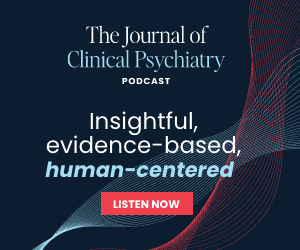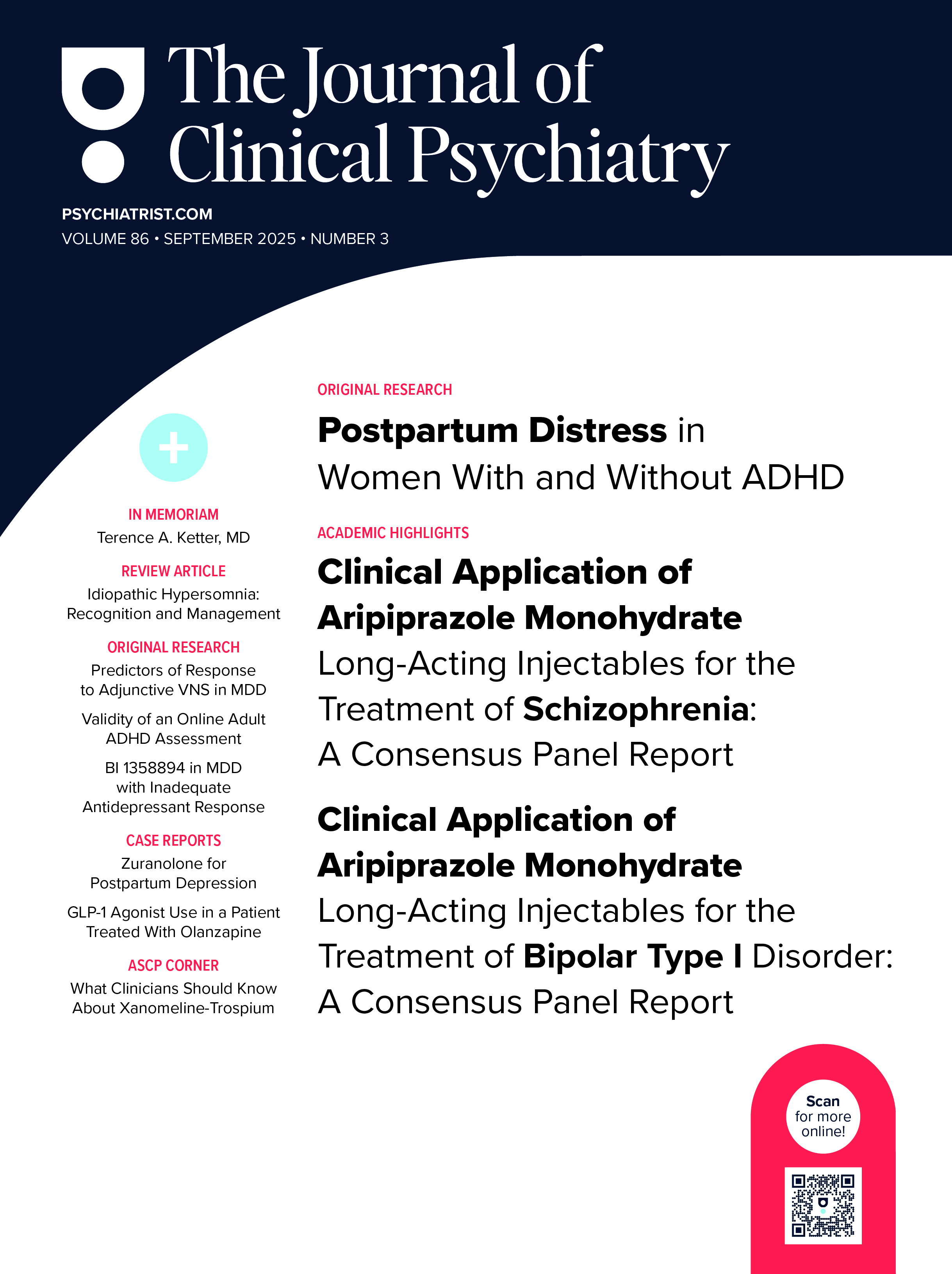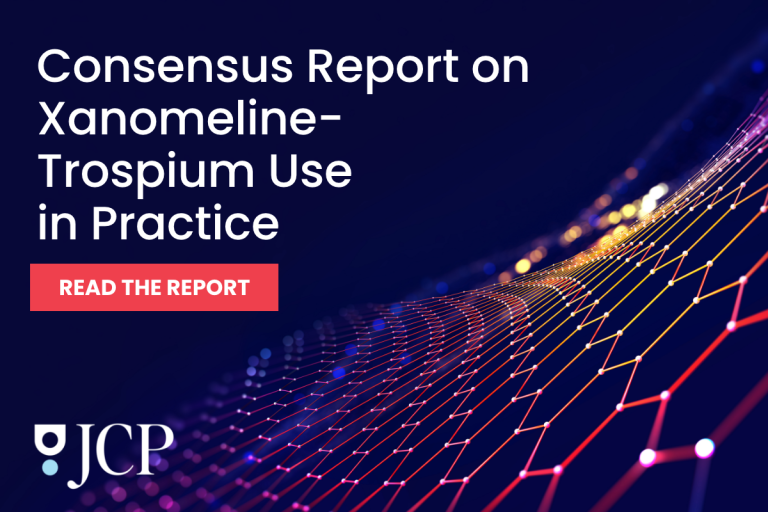Objective: The past decades have seen a surge in stimulant prescriptions for the treatment of attention-deficit/hyperactivity disorder (ADHD). Stimulants acutely alleviate symptoms and cognitive deficits associated with ADHD by modulating striatal dopamine neurotransmission and induce therapeutic changes in brain activation patterns. Long-term functional changes after treatment are unknown, as long-term studies are scarce and have focused on brain structure. In this observational study (2009-2012), we investigated associations between lifetime stimulant treatment history and neural activity during reward processing.
Methods: Participants fulfilling DSM-5 criteria for ADHD (N = 269) were classified according to stimulant treatment trajectory. Of those, 124 performed a monetary incentive delay task during magnetic resonance imaging, all in their nonmedicated state (nEARLY&INTENSE = 51; nLATE&MODERATE = 49; nEARLY&MODERATE = 9; nNAIVE = 15; mean age = 17.4 years; range, 10-26 years). Whole-brain analyses were performed with additional focus on the striatum, concentrating on the 2 largest treatment groups.
Results: Compared to the late-and-moderate treatment group, the early-and-intense treatment group showed more activation in the supplementary motor area and dorsal anterior cingulate cortex (SMA/dACC) during reward outcome (cluster size = 8,696 mm3; PCLUSTER < .001). SMA/dACC activation of the control group fell in between the 2 treatment groups. Treatment history was not associated with striatal activation during reward processing.
Conclusions: Our findings are compatible with previous reports of acute increases of SMA/dACC activity in individuals with ADHD after stimulant administration. Higher SMA/dACC activity may indicate that patients with a history of intensive stimulant treatment, but currently off medication, recruit brain regions for cognitive control and/or decision-making upon being rewarded. No striatal or structural changes were found.
Members Only Content
This full article is available exclusively to Professional tier members. Subscribe now to unlock the HTML version and gain unlimited access to our entire library plus all PDFs. If you’re already a subscriber, please log in below to continue reading.
Please sign in or purchase this PDF for $40.00.
Already a member? Login





